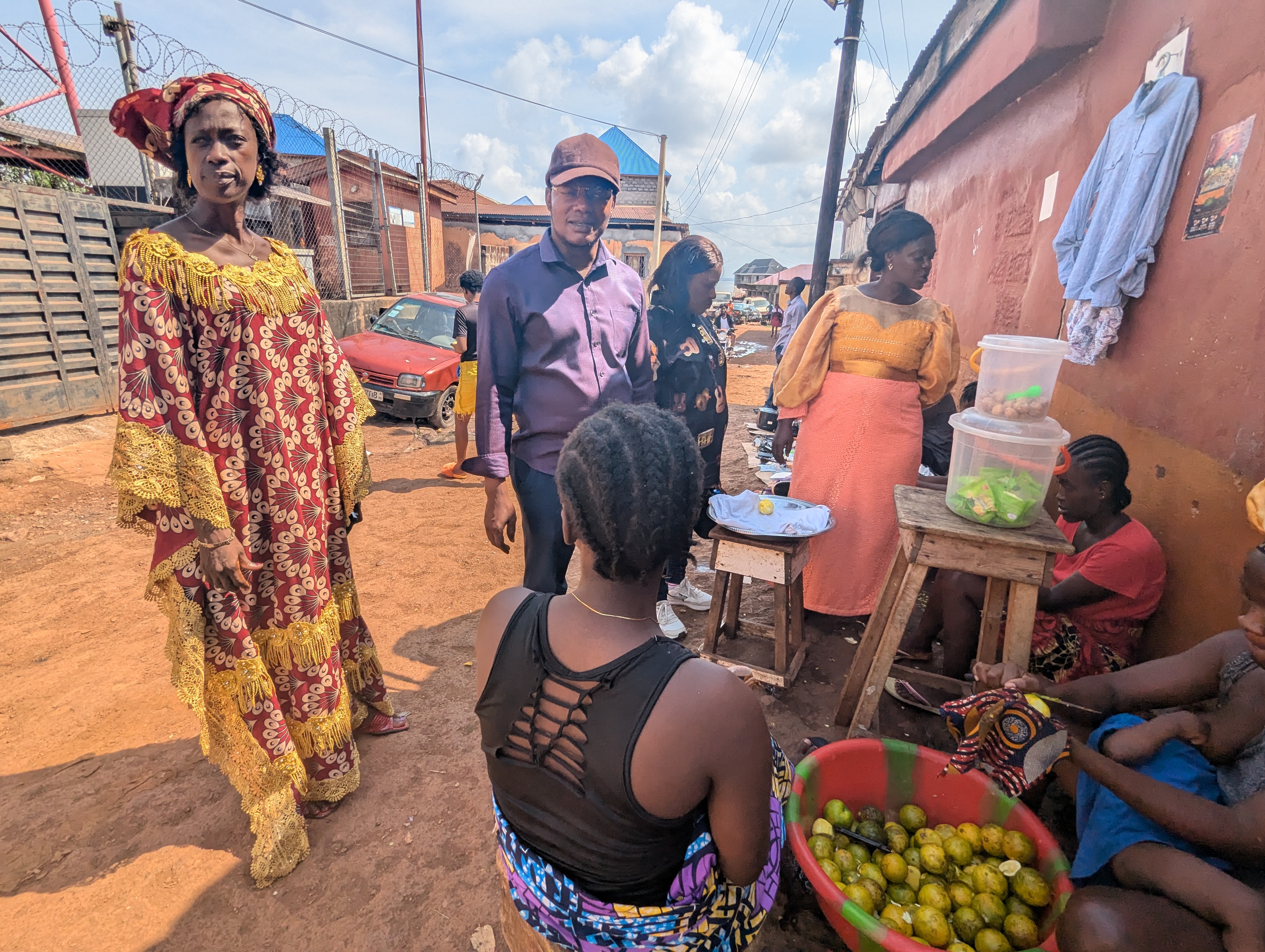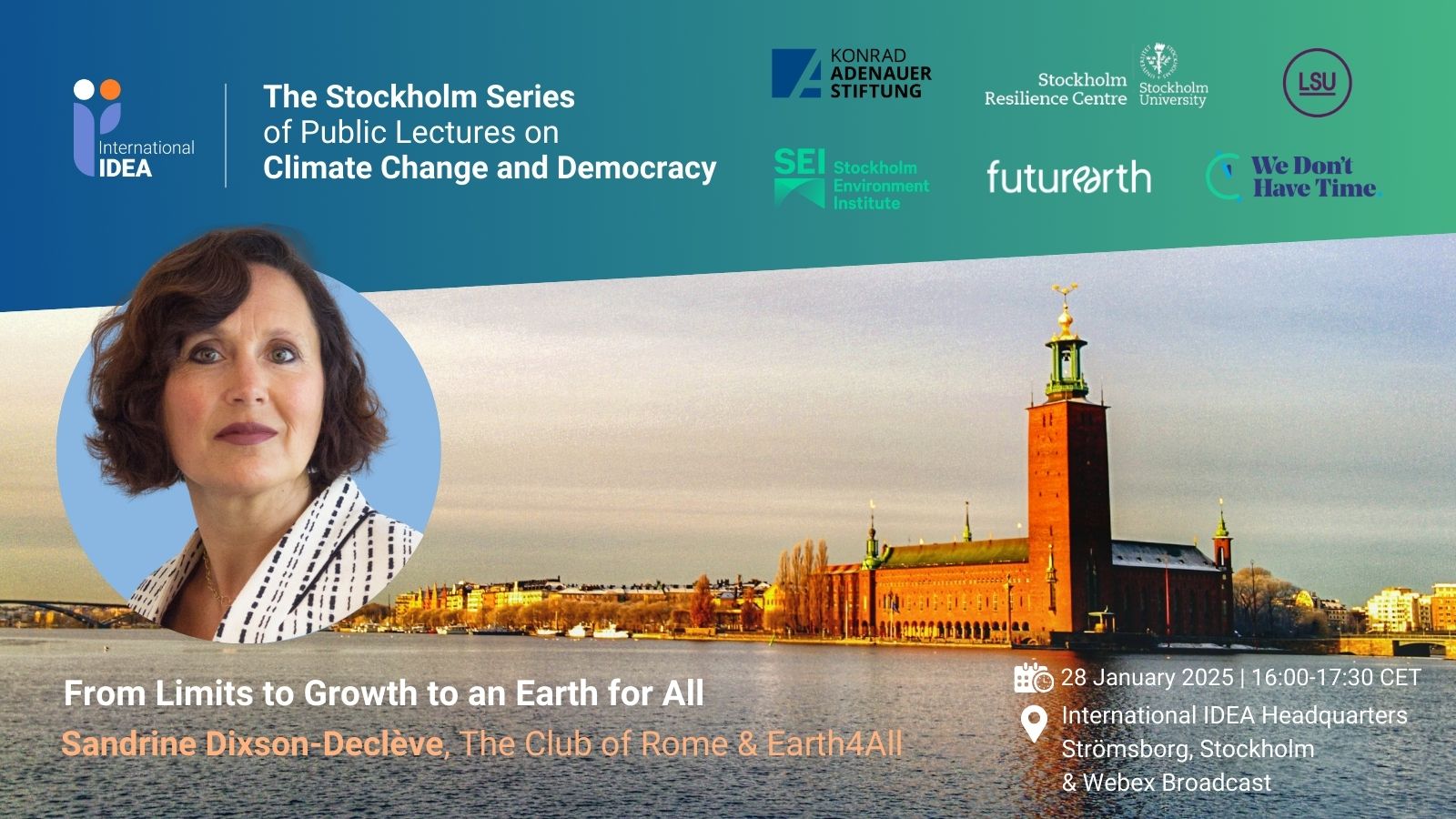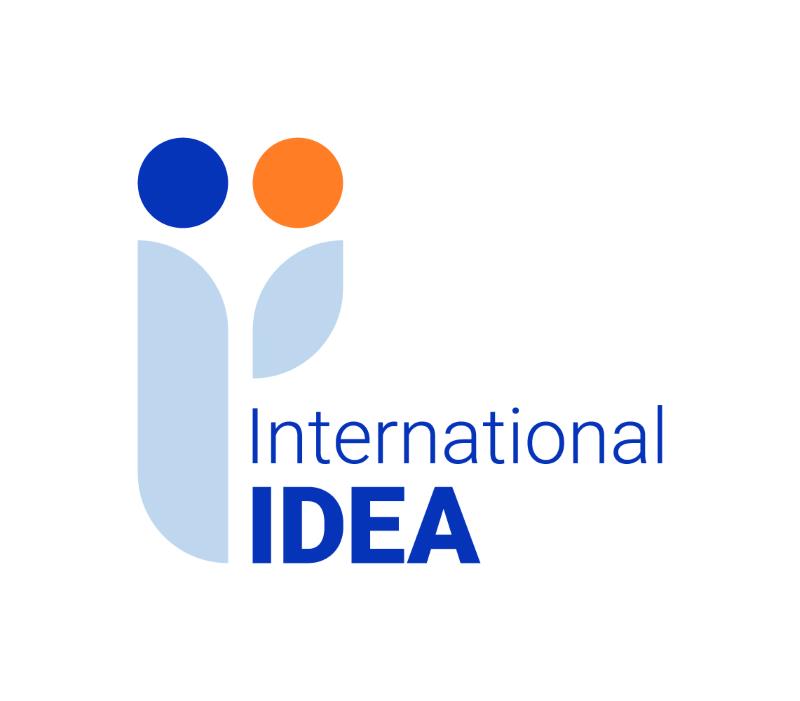By Shailaja Chandra, a former Secretary to the Government of India and former Chief Secretary, Delhi. The views expressed in this analysis are hers and should in no way be construed to represent those of International IDEA, its Board and/or Council members.
On 16 May 2014, Narendra Modi the Chief Minister of Gujarat state (in western India) led the Bharatiya Janta party (BJP) to a record victory in India’s 16th national election. BJP’s final tally of 282 seats (10 above the half-way mark in the 543 member lower house of parliament) marks the end of successive coalition governments that had hobbled India for 25 years. Equally significant has been the decimation of the Congress party – the longest serving political party in independent India. The party showed its worst ever performance by ending up with just 44 seats in the whole country.
The BJP won all the seats in six states in total and a majority of them in another seven states. In Uttar Pradesh (India’s largest state) the party won 73 out of 80 seats thereby demolishing rival parties that had held sway for decades. After 1984 when there was a country wide sympathy wave after the assassination of Indira Gandhi, it is the first time that one party will be forming a government without outside support. The prospects for bringing in legislative change and propelling policy initiatives are stupendous. A majority in Parliament unfetters the Government from accommodating unreasonable demands that coalition partners had been exacting for over two decades.
Another by-product of the election results has been the decimation of all caste-based regional parties which had held a stranglehold on their constituencies’ right from the 1990s. For the first time development and employment issues have surmounted the rhetoric of caste and community. This augurs well for a resurgent new India, capable of thinking beyond the old maxims of birth and nativity.
High voter turnout
Finally, the elections saw the highest ever turnout in the history of India’s elections, crossing the 66% mark with a huge share of voters drawn from among women and first time young voters. The credit for this must go to the Election Commission of India, a constitutionally established body that spearheaded SVEEP (Systematic Voter Education and Electoral Participation) and organized street plays, slogan writing competitions and celebrity events to encourage one million young voters (and others too), to exercise their franchise.
Modi targets dissatisfaction
When it comes to election campaigning, undeniably the credit goes to Narendra Modi who hit the campaign trail in September 2013 contributing to resounding BJP victories in the assembly elections held last December. He straightaway launched the election campaign for the general elections slated four months later. Initially his campaign had a single point agenda: attack the Congress, ridicule its leadership by belittling the mother son duo of Rajiv Gandhi’s widow Sonia Gandhi and her son Rahul Gandhi. His attacks received enthusiastic support because people were deeply hurt by price rises, unemployment, corruption and the fact that the sitting Prime Minister Dr Manmohan Singh never explained what was happening.
So high was the degree of anger and frustration that in November 2013 an unknown conglomeration of angry young men led by an anti-corruption crusader Arvind Kejriwal won a substantial portion of Delhi assembly votes under the banner of AAP-the ‘common man’s party’. It is another matter that this buoyed AAP to pan out to fight the National elections. By then the Modi wave had begun lashing across the Indian states. AAP lost resoundingly even forfeiting the deposits of its star campaigners. These included the highly respected political scientist and psephologist Yogendra Yadav.
Caste politics had little impact
As Modi continued addressing rally after rally across the country, there were more casualties. The caste-based regional parties which had mastered the art of swaying the electorate took for granted the old caste loyalties to keep their constituencies intact. They all believed that tens of thousands of Muslims would vote en bloc against Modi which would ensure that around 1/6 of any electorate would vote for the party which was seen as the community’s best benefactor. This hope too was belied as voters shunned caste, community and apparently even religious kinship.
Grassroots issues resonate
Communication was another issue. The Congress party Vice President Rahul Gandhi’s campaign was conveyed in bookish phrases that voters could not relate to: right to information, women’s empowerment, right to food and right to employment meant nothing to people who needed to earn a livelihood today -not in the far future! Modi chose to deliver his speeches in powerful but simple language coupled with aggression and rustic down –to – earth imagery. Simple questions like ‘do your mothers and daughters have toilets?’ and ‘do you count the days when electricity comes or do you count the minutes that it goes?’ rang home. To bolster his image as a development man, Modi harked back to his achievements in ‘Vibrant Gujarat’ where he had been Chief Minister for three terms. He used the social media expansively and developed a massive following on Twitter and Facebook which helped him to connect with young people and even the influential Indian Diaspora.
Modi chose to present a mellow image of himself as a Prime Ministerial candidate- not pushing the older BJP agenda of building a temple at the birthplace of the Hindu god Ram or the abrogation of Article 370 of the Constitution which gave a special status to Kashmir. Instead he kept his guns fully aimed at the Gandhi family and its weak Prime Minister. In rally after rally he left his gatherings feeling vindicated by his aggression.
He installed his own former Gujarat Home Minister Amit Shah in UP where as one observer puts it, ‘there were more than 164 fights going on within the BJP itself in the State’s 80 districts.’ Whether by persuading, cajoling or warning various factions, Amit Shah successfully ironed out what were once insurmountable hurdles. All the rival parties in India’s largest and most sensitive state have been vanquished.
Meanwhile in Uttar Pradesh as elsewhere, the holding company of the BJP, the Rashtriya Swayamsewak Sangh (RSS) commandeered its grassroots cadres of nationalist volunteers to pursue two specific mandates: first to reach out and inform people about the challenges that the country faced – corruption, mal-governance, violence and insurgency. Second, that all people are equal and there should be no discrimination on the basis of religion or region. These were reassuring thoughts for the majority of Hindus who felt alienated by the appeasement policies towards minorities that the Congress and regional parties had adopted.
Two more factors worked against the Congress and in favour of the BJP. The Congress was already in disarray – labeled as one of the most corrupt and inefficient governments the country had seen. Using this frailty Modi mounted a publicity blitzkrieg in corporate style addressing 1000 gatherings in 300 cities at one shot- appearing on LCD screens as viewers sipped tea. This not only reinforced his own image as a one-time lowly tea seller, but allowed his voice, oratory, body language and eye contact to be soaked in by tens of thousands of urban, middle-class viewers.
In his first winning speech Modi made an important point: he was the first Prime Minister to be born post independence which gave two additional messages: first, the days of the old guard were over. Second, young India had voted for him and he would be the champion of their hopes and aspirations.
By promising a decent standard of living, employment and ‘acche din’ (happy times) he offered hope which won him hearts and votes. Time will tell how long it might take to redeem what he has pledged.



